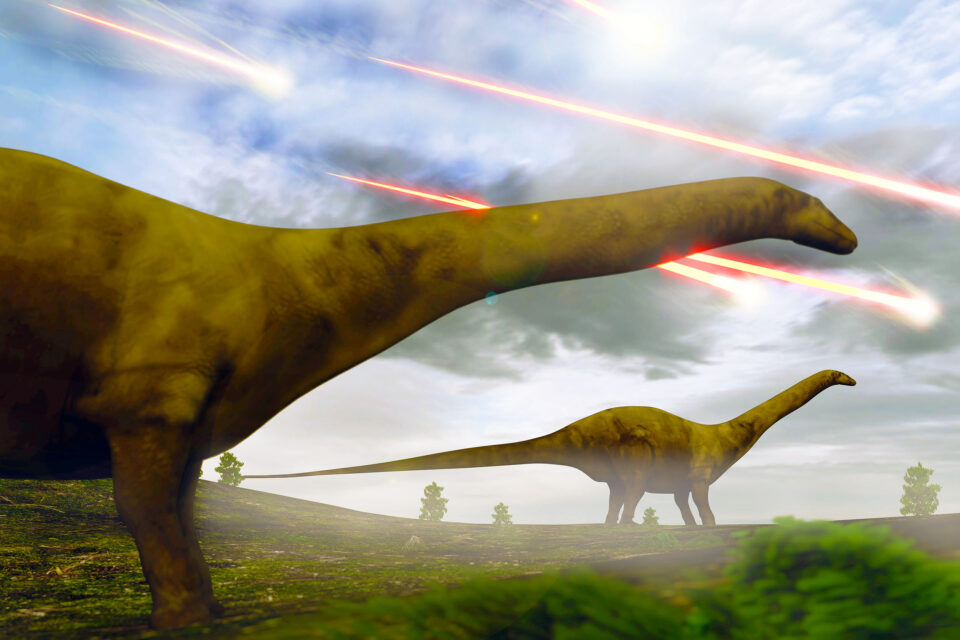The Tully-Monster, an ancient creature that lived 300 million years ago, has long been a mystery to scientists. Discovered in the 1950s in the Mazon Creek Formation in Illinois, the Tully-Monster was initially classified as a type of prehistoric bristle worm due to its unusual morphology. However, a 2016 study revealed that the creature had features similar to those of vertebrates, leading some to believe that it was a precursor to modern-day lampreys.
Now, researchers from the University of Tokyo have conducted a new study using 3D analysis to shed light on the Tully-Monster’s true identity. The team analyzed 153 fossil samples of the creature, focusing on its head region to identify any unique characteristics that could help classify it more accurately. The results of their study, published in the journal Palaeontology, showed that the Tully-Monster was not a vertebrate as previously thought.
The 3D scans revealed that the creature’s seemingly vertebrate-like features, including a segmented brain, musculature, and ray fins, were significantly different from those of true vertebrates. The researchers also found that the proboscis, the creature’s elongated mouthpart, was segmented in a way that was not consistent with vertebrates. Based on these findings, the team concluded that the Tully-Monster was not a vertebrate or a precursor to modern-day lampreys, but rather an ancient representative of invertebrates.
Despite the new findings, the Tully-Monster’s classification remains uncertain. It is possible that the creature belongs to the Protostomia group, which includes various worms, mollusks, and arthropods, or that it represents an early form of invertebrate chordate, a group that includes modern-day lancelets and tunicates. Further research is needed to determine the Tully-Monster’s true identity and place in the evolutionary tree.










